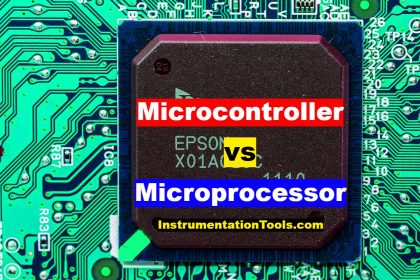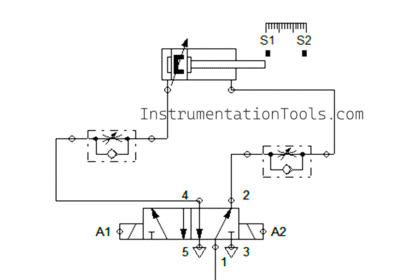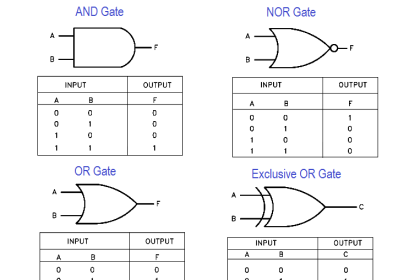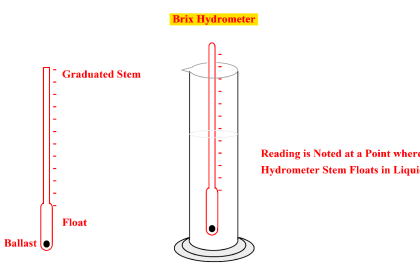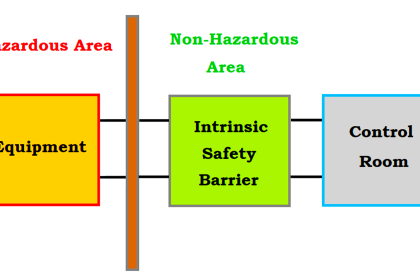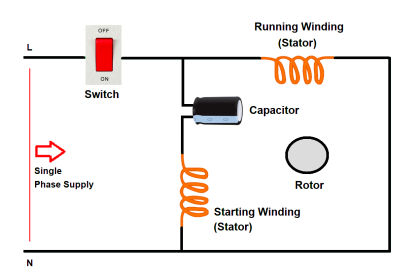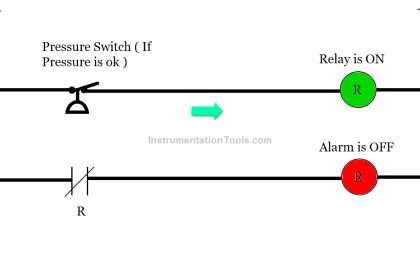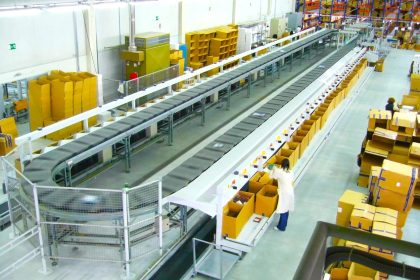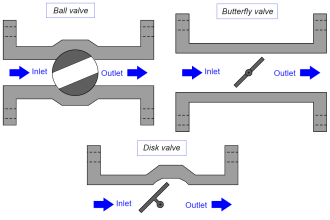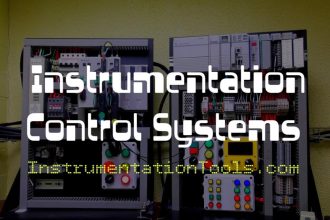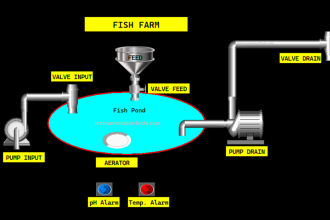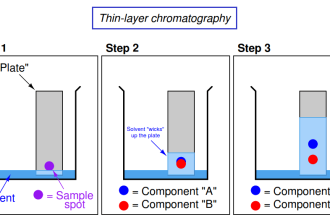In this post, we will learn the concept of an absorption chiller.
HVAC is a very vast field and it comprises of many devices. One of the main components in HVAC is a chiller. A chiller is a refrigerant component which is used to cool the temperature of water, air or evaporation. They are used in many commercial and industrial applications. Chillers are classified into various types.
One of them is classified based on general working principles – vapour absorption chiller and vapour compression chiller.
In this post, we will see the concept of an absorption chiller.
Basics of Absorption Cooling Cycle
Before starting the topic, we must first understand the basics of thermodynamics. Absorption technology works on the principles of the cooling cycle. When a liquid is heated, it starts to boil and becomes a vapour. When a gas is cooled, it starts to condense.
Now, when you lower the pressure of a liquid, it reduces its boiling point. This means it starts to boil at lower temperatures. And when you increase the pressure, that means it takes more effort to boil it and so, the boiling point temperature is increased.
According to the second law of thermodynamics, heat transfer takes place from a body at high temperature to a body at low temperature.
So, if you are making contact of a hotter body with a relatively cooler body, then the cooler body will get the heat from the hotter body. Thus, the temperature of the hotter body will start to decrease gradually and the temperature of the cooler body will start to increase gradually.
We must keep these basic things in mind to understand the concept further.
What is an Absorption Chiller?
The absorption chiller works in the concept of vapour absorption technology. It uses a heat source to move the refrigerant around the circuit. The heat source can be hot water or steam. Normally, waste heat from diesel engines is used to serve this chilling process. This chiller uses two types of liquids – refrigerant and absorber.
The refrigerant is normally the water and the absorber is a chemical liquid of lithium bromide. Now, you must be thinking that even water can undergo heat exchange alone; then why is it mixed with an absorber?
Refer to the above-mentioned theory we discussed before. If you lower the pressure of the liquid, then it takes less efforts to boil it; meaning that it boils quickly at a lower temperature.
Coming back to our question, when the water is mixed with this absorber, the pressure of water is decreased (water dissolves quickly in this absorber). If the absorber was not used, water would have taken a larger time to boil; which means the power required to drive the circuit would increase. This is the basic concept behind the absorption chiller.
Absorption Chiller Working Principle
The major components of an absorption chiller are a condenser, generator, evaporator, absorber and heat exchanger. The condenser and generator are placed at the top, whereas the evaporator, heat exchanger and absorber are placed at the bottom.
The first step starts with the mixing of refrigerant (water) and absorber. Normally, it is 50% absorber and 40% refrigerant. This mixture will then be pumped into the generator through the heat exchanger. The heat source is also given into the generator. As the mixture is now exposed to heat, both liquids will get separated.
After separation, water will convert into vapour as it is lighter, and the absorber liquid will deposit into the bottom as it is heavier. Thus, the vapour will pass to the condenser and the absorber will go back to the absorber through the heat exchanger.
Refer to the below image for an understanding of the absorption chiller concept.
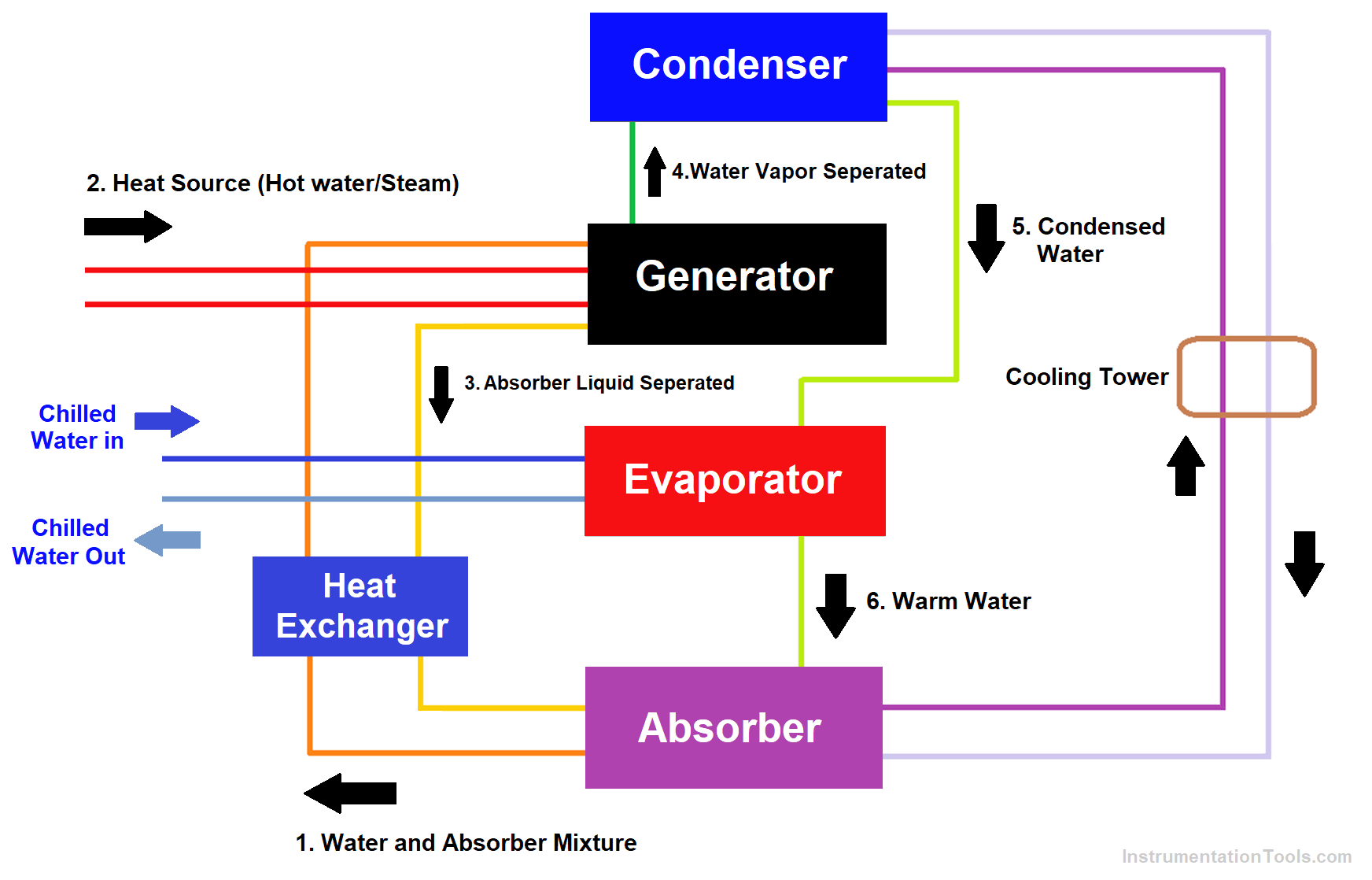
When the vapour passes through the condenser, it does heat exchange with cooling tower water which makes to condense. This will make it convert to cold water.
This liquid water will then pass through the evaporator, which causes a large drop in pressure and temperature. The process water (water to be chilled) which is to be cooled passes through the evaporator coils.
The cool water flowing in the coils comes in contact with the warm process water. Heat exchange happens between both these liquids which make warm water cooler and cool water warmer. Thus, the process water starts to cool gradually as time passes.
The warm water now goes back into the absorber, where it is mixed again with the absorber liquid; which was dumped from the generator earlier. When these two liquids are combined, some heat is generated.
So, this heat is reduced by passing the cooling tower water through it. The cooling tower water condenses the residual vapour particles back into a liquid. The mixture of lithium bromide and water collects at the bottom ready to be pumped back to the generator again to repeat the cycle.
In this way, we understand the concept of an absorption chiller.
